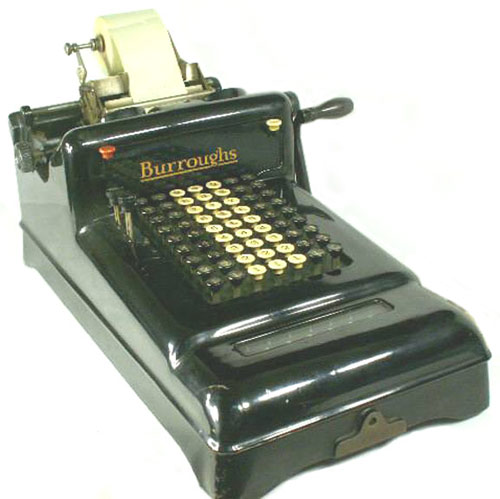calculating machine

Burroughs adding machine, circa 1920s.
A calculating machine is a device that performs simple arithmetic operations. These are two main classes: adding machines, for addition and subtraction only; and calculators, able to perform a multiplication and division. In the past, calculating machines were mechanical or electromechanical, but today they are almost always electronic.
The forerunner of the calculating machine was perhaps the abacus. The first adding machine, invented by Blaise Pascal (1642), was able to add and carry. A few decades later (1671), Gottfried Leibniz designed a device that multiplied by repeated addition (the device was built in 1694). Charles Babbage built a small adding machine (1822): in 1833 he conceived his Difference Engine, a predecessor of the digital computer, but his device was never completed.


